settings
children
With Famly since
With the emphasis on STEM (Science, Technology, Engineering and Math) learning expanding at an increasing pace, the youngsters of today have a plethora of exciting avenues to explore. If your child is still transitioning out of diapers, you’re probably not ready to send out their university applications just yet. But that doesn’t mean you can’t introduce them to STEM concepts in fun and simple ways.
STEM activities for toddlers can be a breeze — there’s no need to rush out and pick up a Bunsen burner. The trick to STEM with children is having someone there to point the concepts out and answer their brilliant little questions.
Don’t stress if you don’t feel like a whizz with science, technology, engineering or math. The activities below will help you help your toddler discover the real-world magic of STEM:
1. Make your own non-Newtonian liquid

The STEM activity for toddlers: Though it may sound complex, you can make a non-Newtonian fluid (a fluid with viscosity that changes under force) with just two common kitchen ingredients. This activity gives your child a fun and hands-on introduction to fluid mechanics.
What you need:
- A container to mix your non-Newtonian fluid
- Cornstarch
- Water
How to do it: You can make as much or as little of your non-Newtonian fluid as you’d like — just ensure that you stick to a ratio of one cup of water for every two cups of cornstarch. Always start with the water in the container and then add the cornstarch and mix thoroughly. Hey presto – non-Newtonian fluid! If you hit the surface with force, it will harden, but if you push into it slowly, it will be soft. Allow your toddler to play with using different levels of force, then introduce some easy-to-clean toys for them to experiment with: Have your toddler predict which toys will sink into it like quicksand and which ones stay on the surface.
Source: Team Cartwright
2.Ramp up the learning
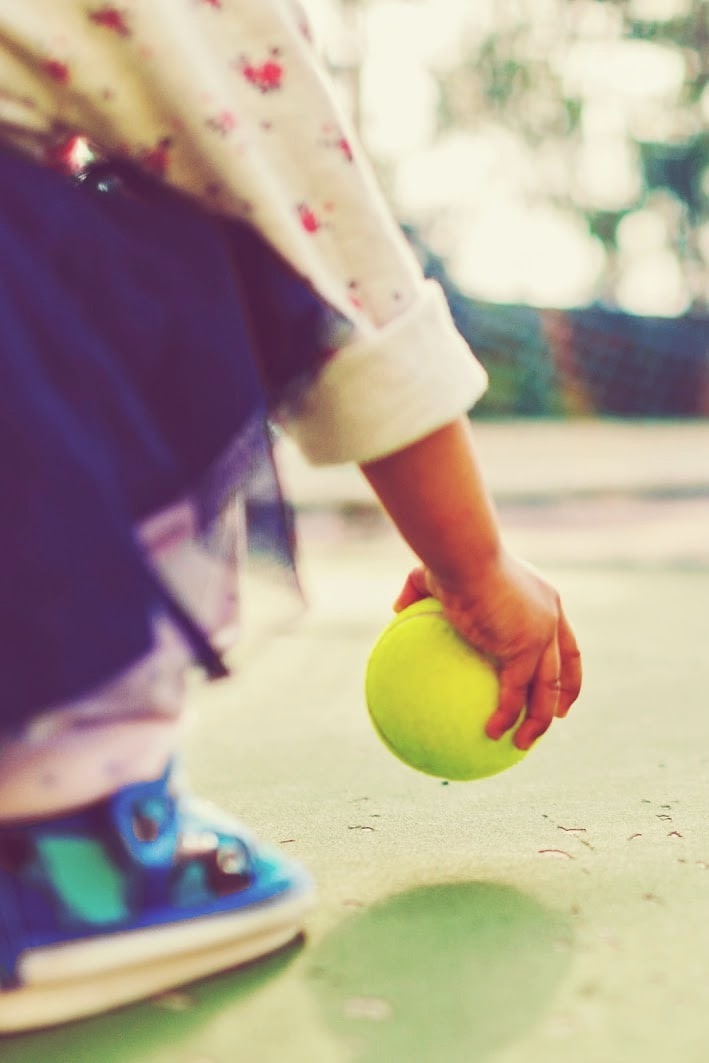
The STEM activity for toddlers: Introduce your toddler to concepts like gravity, momentum, and force by creating a simple ramp and having them test out whether items will roll down or not. Have them predict whether an item will roll, and you’ve got a little scientist testing hypotheses.
What you need:
- A sheet of plywood or a folded-down cardboard box
- A variety of items to test on the ramps (balls, toys, blocks, Easter eggs, and anything else your child wants to try out)
How to do it: First, find a proper space to set up your ramp. Secure one edge on a table or bench and allow the opposite edge to rest on the floor. Help your toddler collect items to test on the ramp and have them predict what each item will do when released. Will it roll or not? If it does roll, will it roll straight or will its path curve? What happens if you apply more force? Allow your toddler to release the items and discuss the results of the experiment after each roll.
Source: Little Bins Little Hands
3. Sailing the seas with STEM
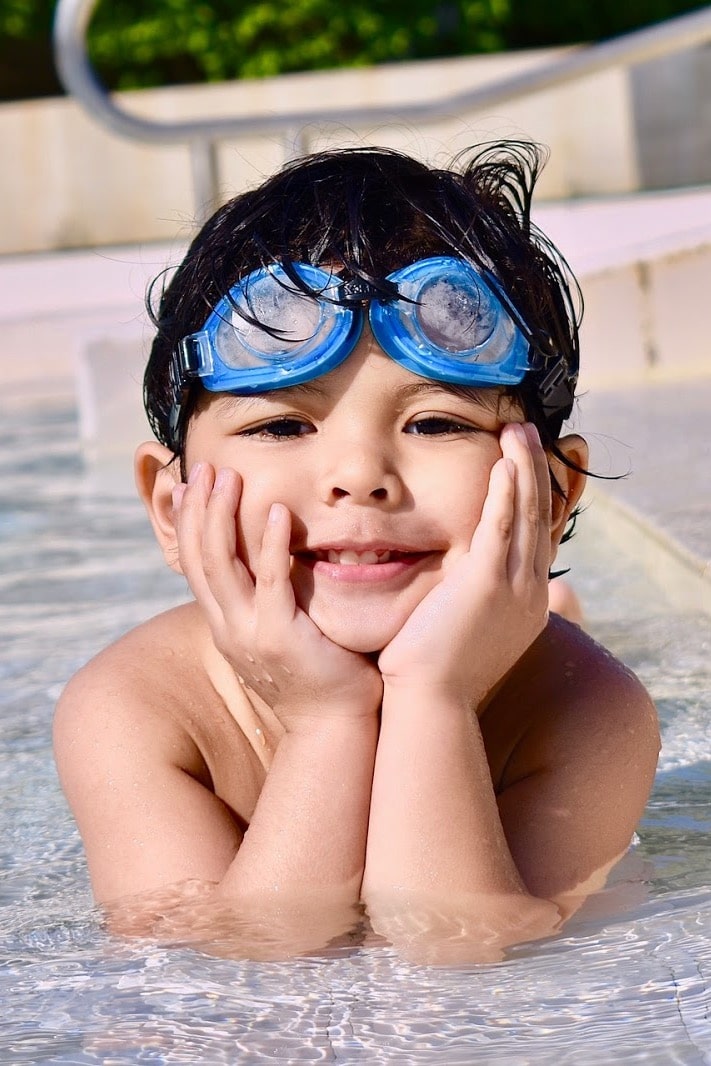
The STEM activity for toddlers: Have you ever been stumped when your toddler asked you how ships are able to float? This simple bathtime boat-building activity will help you both understand why.
What you need:
- A bathtub, paddling pool, or large container filled with water
- Aluminium foil
- Toys small enough to fit in the foil boats
How to do it: How can a big ship float on the ocean? Diving deep into density and buoyancy might be a bit much, but you can still explore the fundamentals with young children. To demonstrate this to your toddler, create simple boats out of aluminium foil and float them in the bathtub, paddling pool, or another suitable container filled with water. Have your toddler test how much weight the boats can carry before their density gets too much and they sink into the water.
Source: Science Buddies
4. Will it sink or will it float?

The STEM activity for toddlers: A great activity to pair with the last one, this is a simple experiment in which you test whether different items will sink or float. Through this, you can keep exploring buoyancy and density with your little ones.
What you need:
- Bath, paddling pool, or suitable container of water
- Water
- Various objects that can get wet
How to do it: Help your child collect all the objects they wish to test (this is a good opportunity to teach them about the types of items that are water-safe and those that must be kept dry). Have them predict whether they think each object will float or sink and then discuss the results. Point out to the children that heavier objects are more likely to sink and before placing each object, ask them if the object is light or heavy, will it sink or float?
Source: Tootris
5. Fun with shadows

The STEM activity for toddlers: Help your child understand the way light travels, and what happens when it hits objects by playing with light and shadow.
What you need:
- A light source (this could be the sun if you’re outside, or a flashlight or lantern inside)
- Bodies for dancing and hands for making shapes
- Toys for testing what their shadows look like
How to do it: On sunny days, you can show your toddler the way their shadow changes depending on the angle of the sun. For some indoor shadow fun, you can set up a flashlight and make different shapes with your hands, showing your toddler how to create different creatures and characters. Have them test out where they need to hold their hands or their favourite toys to see the shadows appear.
Source: Little Bins For Little Hands
6. Counting toys
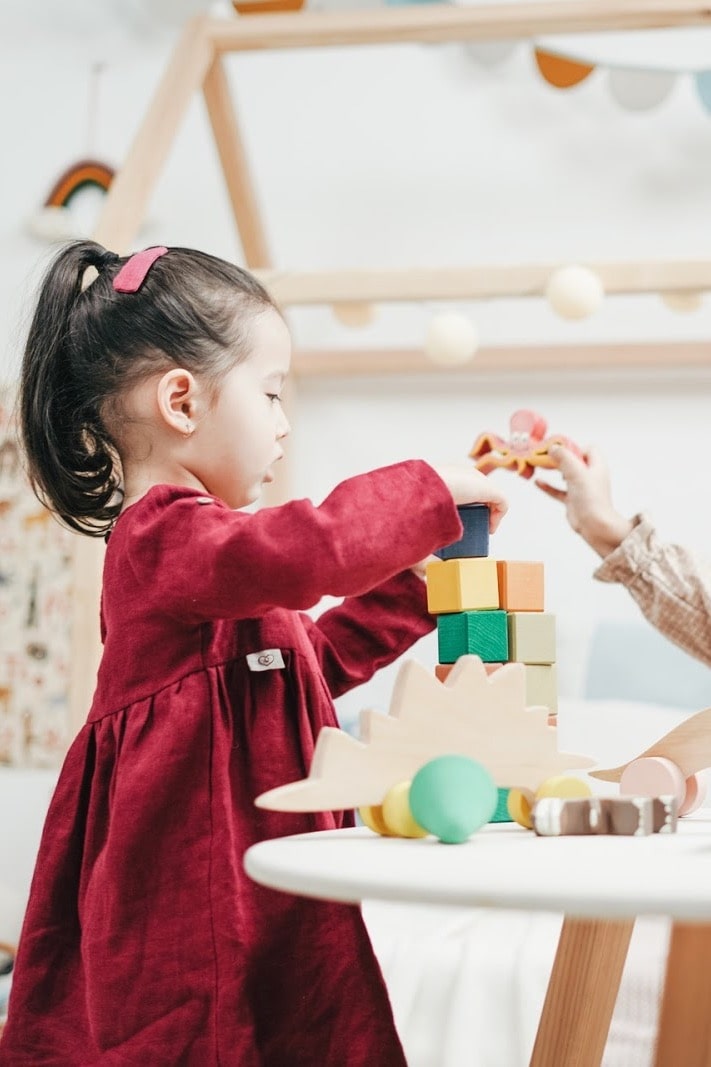
The STEM activity for toddlers: Practice counting, you can do it forwards and backwards, building memory and familiarising young minds with numbers. This super simple STEM activity for toddlers allows you to teach your child basic math while also encouraging them to sort their toys and tidy their own room – a definite win-win!
What you need:
- A jumble of toys
- Plenty of patience
How to do it: Help your child select different categories and then have them count the toys that match. You could collect and count all the red toys, all the cars, all the soft toys, all the blocks, and any number of other categories. As your child categorises, they will also start to understand which toys fit well together which should help them learn how to tidy up effectively.
Source: Preschool Steam
7. STEM-inspired fun with bubbles
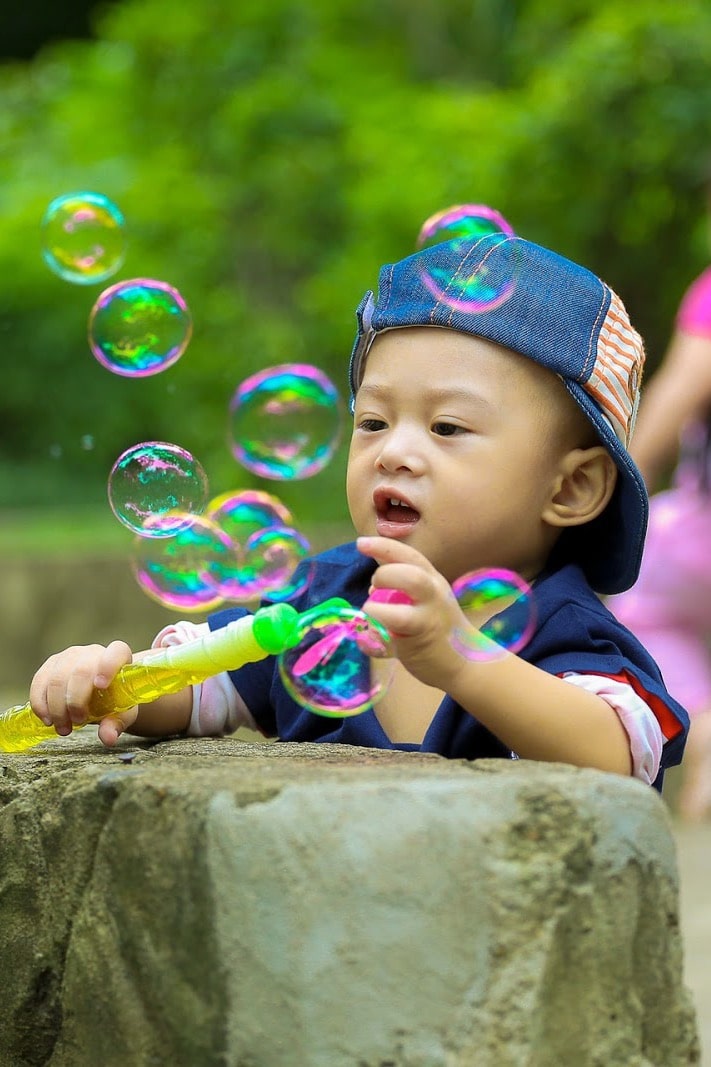
The STEM activity for toddlers: Bubbles are brilliant on their own, but they’re even more fun when you turn them into a science experiment. The question you’re exploring: Will changing the shape of the bubble wand change the shape of the bubble?
What you need:
- Bubble solution
- A shallow pan or container
- Pipe cleaners
How to do it: Help your little one make different shaped bubble wands with the pipe cleaners. Try a traditional round one and then a square one, triangular one, star-shaped one, and heart-shaped one. Then have them dip each wand in the bubble solution and blow bubbles to see if the shape of the wand affects the shape of the bubble. Ask the children is they notice that the bubble wand helps them to tell what shape the bubbles will be.
Source: Little Bins For Little Hands
8. Hunting for shapes

The STEM activity for toddlers: Pick a shape, and take your child on a treasure hunt in your home, the backyard, or out on a walk. This will help them recognise different shapes and patterns while sharpening their observational skills.
What you need:
- A shape to look for
- An environment in which to search
How to do it: This activity can be done at home or when you’re out and about. Though you can pick any shape you’d like, it’s best to start with simple ones – like circles, triangles, and squares – that your child will find easy to recognise. Have them look both for objects they can pick up and examples of the shape that can only be pointed out. For example, a child may discover a ball that’s spherical, allowing you to introduce them to the difference between 2D shapes and 3D shapes. They may also note a circular shape in a sign or billboard you pass by.
Source: Preschool Steam
9. Counting beads on pipe cleaners
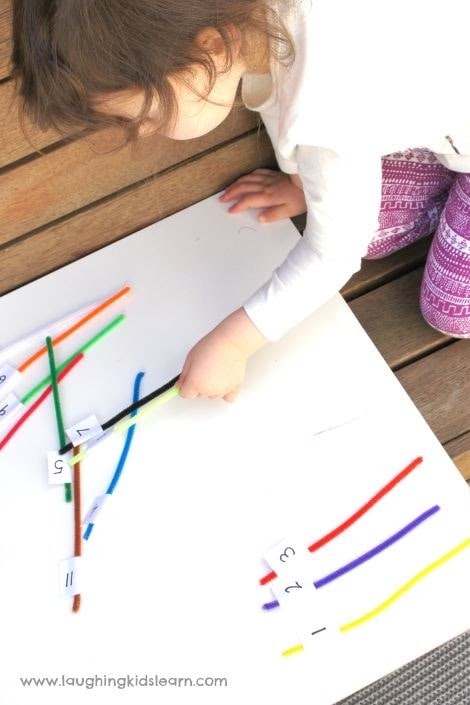
The STEM activity for toddlers: Beads on pipe cleaners give you a visual element to a counting exercise. It’s colourful, the fuzziness of the pipecleaners add an interesting tactile sensation and seeing how many beads belong to the name of each number adds to the counting fun.
What you need:
- Pipe cleaners
- Paper
- Pen
- Glue
- Beads
How to do it: Fold a piece of paper around one end of each pipe cleaner, securing it with a swipe of your glue stick. If it’s age-appropriate, write a number on each piece of paper. For children that are fairly number-literate, the pipe cleaners can be arranged in numerical order. Next, develop some fabulous fine motor skills by counting beads and threading them onto pipe cleaners. This activity is so varied and offers so many ways to practice number literacy and counting.
Source: Laughing Kids Learn
10. Walking water rainbow jar

The STEM activity for toddlers: Walking rainbows that stretch from glass to glass are easy to make and very interesting to see. The children can get involved in every level of the activity, which makes it very child-friendly.
What you need:
- Wide-mouth glasses or jars
- Paper towels
- Food dye or liquid water colors (red, yellow, and blue)
How to do it: Line up the glasses and fill every second one with a good squirt of each colour paint, giving each glass its own shade by alternating between the red, blue and yellow. Add water to the glasses that contain colour. Use the paper towels to form bridges between the glasses that contain the water and colour and the empty glasses. The rest of the activity takes place on its own - the colour travels up the paper towels, forming a bright and beautiful rainbow.
Source: The Stem Lab
The big ideas
Please note: here at Famly we love sharing creative activities for you to try with the children at your setting, but you know them best. Take the time to consider adaptions you might need to make so these activities are accessible and developmentally appropriate for the children you work with. Just as you ordinarily would, conduct risk assessments for your children and your setting before undertaking new activities, and ensure you and your staff are following your own health and safety guidelines.
Try learning journals for free
Add observations, and build digital learning journals to share with families instantly. All with your completely free 14-day trial.
Get started








